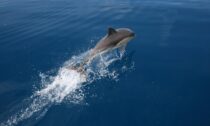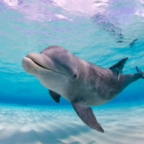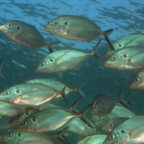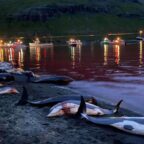
While consumers look out for the Dolphin Safe mark on seafood purchases, a major research stocktake of Australian-New Zealand waters gives new guidelines to managers of dolphin fisheries. The extensive new genomic study of almost 500 common dolphins (Delphinus delphis), spanning multiple spatial areas of more than 1500 sq km from the southern and east coast of Australia to Tasmania and New Zealand, calls for greater collaboration between the two countries’ conservation and fisheries plans.
Just published in Frontiers in Marine Science, the study of DNA diversity of several dolphin populations in Australia and NZ suggests connectivity between several populations of common dolphins across the Tasman Sea.
The common dolphins of the Pacific Ocean (eastern Australia and NZ) are highly differentiated at DNA level to those in the Indian Ocean (southern Australia), says the lead author Flinders University PhD Andrea Barceló.
“While this species is considered one of the most abundant dolphin species in temperate and subtropical waters in Australia and New Zealand, they also suffer from frequent interactions and also mortality in several fisheries,” says Ms Barceló, from the Cetacean, Ecology, Behaviour and Evolution Lab (CEBEL) at Flinders University.
The results indicate that inter-jurisdictional collaboration is needed to mitigate fisheries interactions of common dolphins across multiple spatial scales in the Australasian region, the international research team concludes.
Marine scientists and experts from both countries supported the study including from the Flinders CEBEL and Molecular Ecology Lab, Massey University, National Institute of Water & Atmospheric Research Ltd and MPI New Zealand.
Overall, the findings identified complex common dolphin population structure and connectivity across state and international jurisdictions, including migration and gene flow across the Tasman Sea.
“An understanding of population structure and connectivity at multiple spatial scales is required to assist wildlife conservation and management,” says Flinders Associate Professor Luciana Möller.
“This is particularly critical for widely distributed and highly mobile marine mammals subject to fisheries by-catch.
“Information generated in this study will assist with the management of the dolphin-fishery interactions in the future,” Associate Professor Möller says.
The findings are also important when considering future conservation policies of marine ecosystems given the increase in anthropogenic impacts and ongoing changes of Earth’s climate, the paper concludes.















Social Profiles